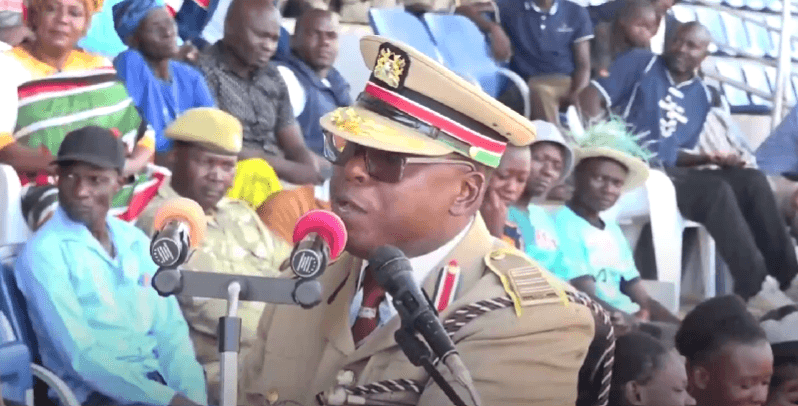Cornea is the clear tissue covering the front of the eye and is the main focusing part of the eye. If it becomes cloudy or scarred, say, due to an eye injury or infection, vision is reduced or lost because the scar tissue scatters the light passing through the cornea.
This is known as cornea opacity, which is considered a major public health problem. According to the World Health organisation, there are at least 2.2 billion people with vision impairment that could have been prevented or has yet to be addressed. Among these, those suffering from cornea opacities are about 4.2 million.
In Kenya, according to the annual report for the year 2018 by the Kenya Society for the Blind, there are about 350,000 people who are blind while another 750,000 are visually impaired. The Lions SightFirst Eye Hospital which is the biggest eye hospital in East Africa reports that cornea opacities contribute to 19% of blindness cases.
One of the ways to treat cornea opacity is with a cornea transplant, this can restore vision. Cornea transplant involves a surgical procedure which replaces a disc-shaped segment of an impaired cornea with a similarly shaped piece of healthy donor cornea. Though we do not have nationwide studies in Kenya it can be estimated that those in need of cornea transplant exceed 50,000 cases.
Journey of cornea transplant in Kenya
This year as the world marks the World Organ Donation Day, we chose to focus on cornea transplant in Kenya which is largely led by Lions SightFirst Eye Hospital. According to the experts in the hospital, there are competent surgeons in Kenya who are able to undertake the required surgery [known as Keratoplasty] to restore cornea opacity and surgical facilities are available for the procedure, but there has been shortage of donor corneas to meet the demand.
As a way of addressing this gap between supply and demand, there was established the first ever eye bank in East and Central Africa in the year 2007 which was named after its chief sponsor Lion Kanubhai Babla. The eye bank was established at the Lions SightFirst Eye Hospital. The eye bank which is still in operation obtains, medically evaluates and distributes donated corneas for use in transplantation, research and medical education.
Before the establishment of this eye bank, cornea transplants were done with donor corneas from abroad. The costs involved to either travel abroad for the surgery or to procure the corneas from abroad were too high for the majority of patients to afford thus remaining blind for the rest of their lives. The eye bank started, and still does, facilitating cornea transplant at minimal cost to the needy and deserving patients.
Currently the Lion Kanubhai Babla Eye Bank at Lions Eye Hospital is fundamental to the obtainment, screening and storage of donated eye tissue used for cornea transplant. The eye bank team provides a 24- hour information and retrieval service 365 days a year and it provides these services throughout the country but with priority to the needy especially students so that they can continue with their studies uninterrupted.
Where the eye bank gets cornea for transplant
Lion Kanubhai Babla Eye Bank relies on voluntary donation of corneas and only the corneas are obtained not the whole eyeball. Kenya performs about 200 cornea transplants annually with donations coming from non-native communities. This is mainly associated with cultural and religious beliefs surrounding death among the indigenous Kenyan communities. While pledging to become a donor, there is no monetary compensation given or any other form of incentives, either to the donor or to the family.
The time required to obtain cornea is 6-8 hours after death and it is stored immediately to avoid damage. The Lions Eye bank collaborates with eye bank ambassadors and other hospitals to assist in proper preservation of the donor bodies before the eye bank specialists can get to the harvesting point. Cornea can be removed at hospital or even at residence or wherever death occurs.
Only people above the age of 18 years are allowed to pledge their cornea because this is the consent age in Kenya. However, it is not suitable to transplant a cornea from an older donor to a young patient. A potential donor pledges at the Lions eye bank to give their cornea when they die. However, the family needs to give consent upon the death of the donor. It is therefore important that the donor notifies their family and has them understand the reason and implications of the decision. This prevents contention when the cornea needs to be obtained.
As the decision for eye donation is made by the family members when a death occurs, the commitment and involvement of the whole family is required. Eye donation will work best, when it becomes a tradition in every Kenyan family and a part of our culture, irrespective of religion and other aspects.
Elizabeth Mbugua and Stephen Rukwaro (Lions SightFirst Eye Hospital)












